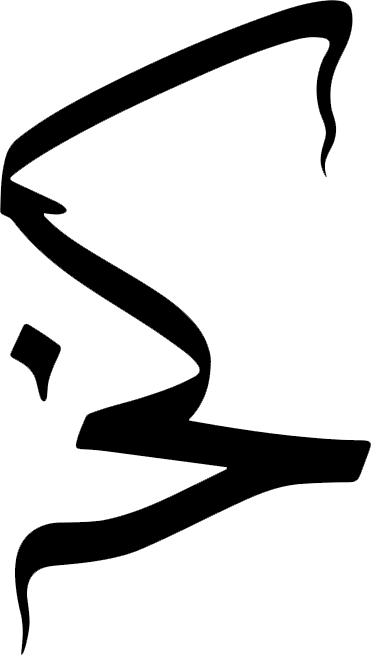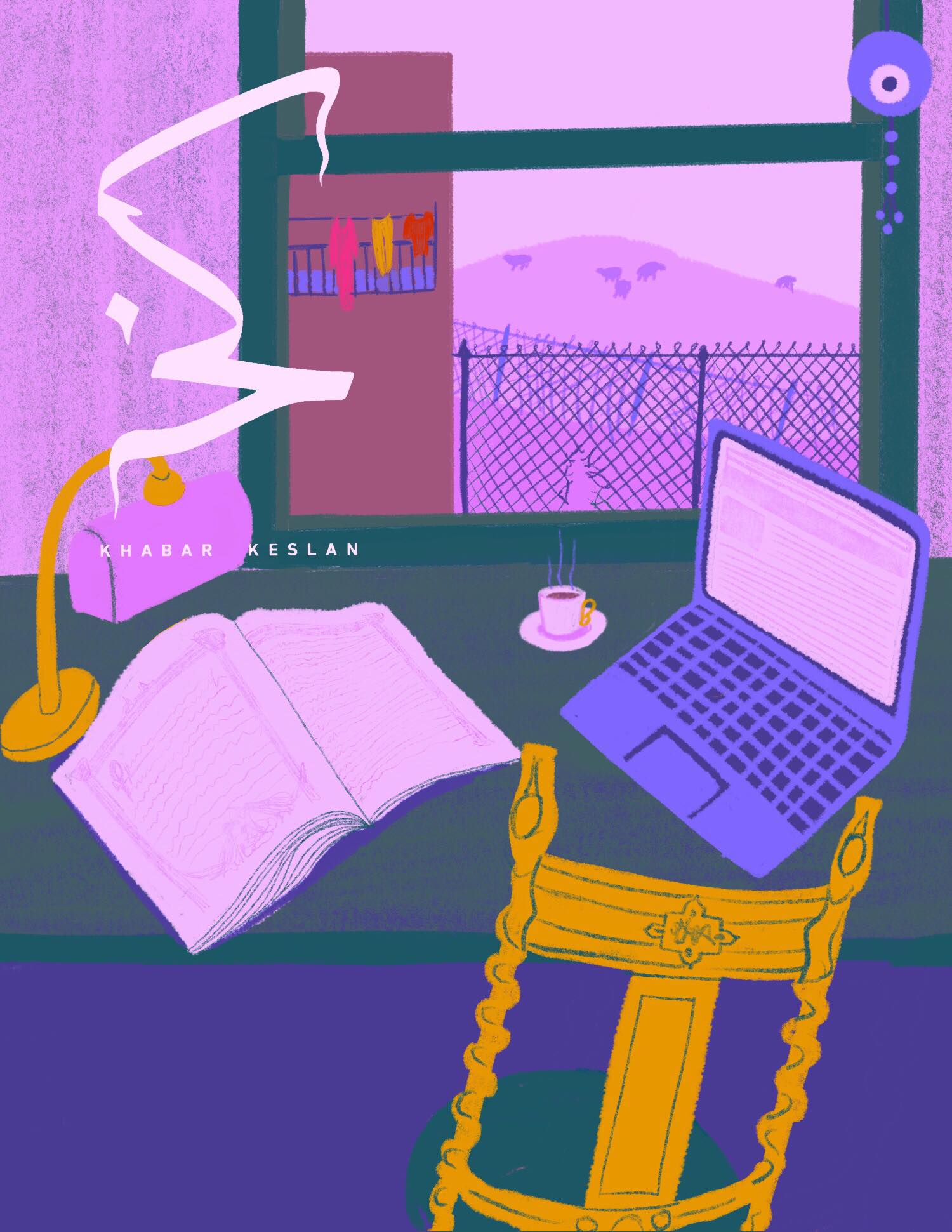
issue 3. SOURCE
Cover art by Knar Hovakimyan.
Editor's Note
As a kid, I often wondered what stories were contained in a dumpling. Hailing from St. Petersburg, my mother’s mother made us pilmeni—boiled meat dumplings—when we visited her house outside of Tripoli, Lebanon. My father’s mother made us manto—steamed meat dumplings—when we visited her house in Jeddah.
I’ve always known that my father’s mother, a ‘Bukhari’ Saudi—a term that refers to the city of Bukhara, but encompasses most Central Asian Saudis—came from Uzbekistan. Escaping the Red Army’s Muslim purge, my family found a smuggler, jumped into coffins in the Fergana Valley, and made its way to Afghanistan, Pakistan, Makkah, and finally, Medina. We don’t have photos or belongings from that era. We were allegedly from a farming village called Ekin Tekin, which doesn’t exist anymore—at least not on paper. Similar to my mother’s mother’s Siberian roots, that part of my heritage was always on the periphery, a distant and inaccessible past.
In March of this year, I became the first person in my family since the 1920s to visit Uzbekistan—and it was as if my two grandmothers shared the same kitchen. I had pilmeni as an appetizer and manto for the main dish. I had pirashki with my borscht and finished off with a juicy, sumac-sprinkled kibab. I had kasha for breakfast and baklava for dessert. I drank vodka with a mosque printed on the label, the word “Allah” clearly inscribed on its minarets. I saw Soviet-era apartment complexes towering over a dilapidated fourteenth-century mosque. My memories of St. Petersburg and Jeddah, which had occupied such distant portions of my mind, suddenly knit together as though they had always been of the same place.
SOURCE interrogates our overlapping roots, seeking to broaden our notions of the archive. Dynasties come and go, obscuring our access to the past. To ask questions, we often turn to libraries, museums, and monuments—which, unlike people, do not wander. But where can we look to find the wanderers? Which objects tell their stories?
The contributors to this fourth issue demonstrate our power to produce our own histories, unmarred by the legacy of empire. They study the composition of their soils: matriarchal face tattoos, listening to Mozart in Syria, cycles. They reclaim our identities from those who have exploited them: our hair, our narratives, and our alienation. And they remind us of a heritage of survival: prison reform and protest justice, skating and fishing, birthdays. Most importantly, they show that, wherever we are and whether or not we know it, we carry our stories with us.
Featuring
Cannot be Contained
By Nadeen Shaker
Spirit of Nasr
By Shady Shebak
Bn3eed Nafsana
By Wafaa Abu Saadah
A Museum in Every Home
By Rund Al-Arabi
The Birthday
By Shawk Alani
Libya is Blue
By Farrah Fray
La Familia
By Dina Albogammi
The Beetle
By Shaikha Khalifa
GL1TCH
By Nayla Al-Khalifa
Liminal Belonging
By Bergen Hendrickson
Zulajeh
With Ahmad Sahli by Yousef Hilmy
Before We Were Banned
By Azmi Haroun
Perpetual Movement
An Exhibition by Lizzy Vartanian Collier
Fishing
By Hamza Bilbeisi
No Cash Allowed
By Sandra Esmeralda De Anda
Face
With Yumna Al-Arashi by Andrea Deniz
Ubiquitous Follies
By Sara Khan
Suspended Orbit
By Knar Hovakimyan
Grow Along
By Hajer AKA Eclectic Yemeni
Hidden Truths
By Shehana Udat
Roots
By Maryam Jamal
Aasiya
By Rawand Issa
Stupor
By Hawazin Alotaibi
Don’t You Know Who My Mother Is?
By Tracy Chahwan
Mozart Can Be Syrian
With Kinan Azmeh by Azmi Haroun
Hamed Says
By Benjamin Stevenson
Digital Spirituality
By Amr Alngmah


